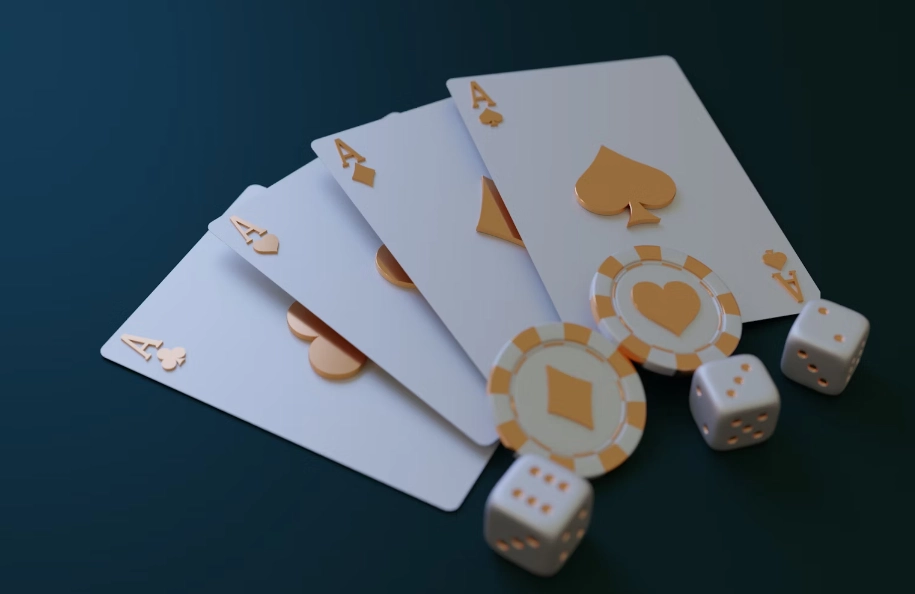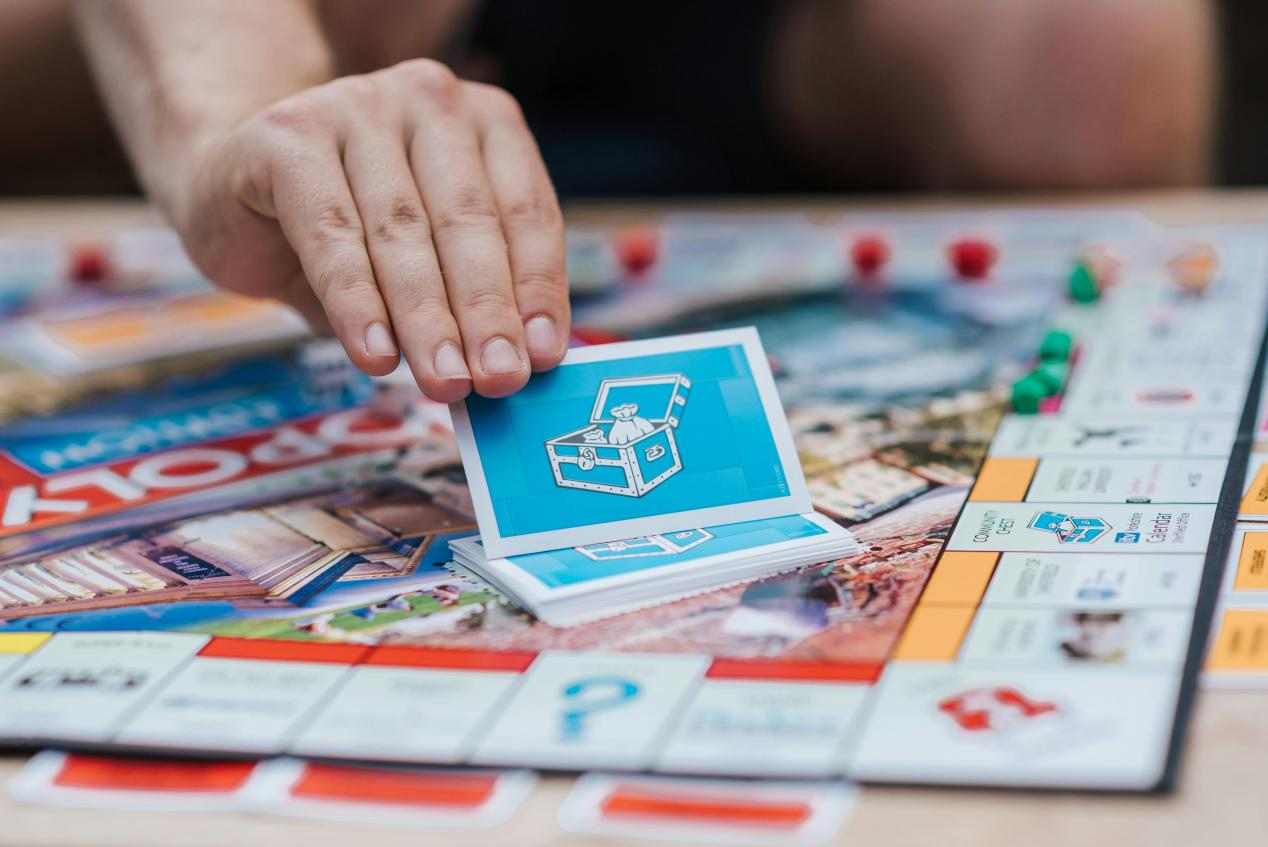
Popular Card Games for Christmas Party
The festive season of Christmas is a time for family gatherings and joyful celebrations. One of the most engaging ways to bring everyone together is through card games. Here, we delve into some of the most popular card games that add fun and excitement to Christmas parties.
Cribbage: A Classic Game of Strategy and Calculation
The Origins and Appeal of Cribbage
The card game of Cribbage, which dates back to 17th-century England, has stood the test of time, likely in part due to its mix of skill and luck. Sir John Suckling, where was invented from an older card game called “Noddy” by a gambler poet. Cribbage is a card game that appeals to those who enjoy strategic play emphasizing its unique adds, pegs, and scoring merging over 350 years of this metalliferous from England along with dish appeal with mentally instigating calculating (and counting). Another reason that it maintains its appeal, is that, unlike other games, it is perfect for a social setting, and players can play the game while chatting away and relaxing and just having a good time.
Gameplay Mechanics of Cribbage
Cribbage is generally played with 2 or 4 players (but 3 players can play too) and a 52-card deck (tossing the jokers). In a two-person game, players are each given 6 cards, four of which are kept as their hand and two are put aside to be the crib (a second hand that is only worth points for the dealer). Players are assigned to teams in four-player games, with similar rules in place. The goal is to earn points by making combinations, such as making sums of 15, pairs, runs (sequences), flushes (all the same suit) and points through the crib. Players record their scores on a special board designed for Cribbage. Play continues until a player or team has reached 121, or sometimes 61 points.
Strategic Elements in Cribbage
Cribbage is pretty much all about strategy and two key strategies can help you win. Anticipating what your opponent may have and needing to decide which cards to retain and which to put in the crib. Having a quick mathematical skillset to compute the odds of the game and changing your approach according to the situation is a strong factor impacting the outcome. Being able to memorize those used cards is also one of the big things along with card counting that comes into play in learning how to get money at Blackjack. The best players tend to start with low cards or drop face cards in the crib at the right time to help score more points.
Euchre: A Team-Based Card Game with a Competitive Edge
Understanding Euchre’s Unique Characteristics
Euchre is considered one of fast-paced gameplay along with a high teamplay focus. Euchre, which dates back to Europe but became popular in North America in the 19th century, also features a smaller deck of just 24 cards and a fast-paced bidding system. As a multiplayer game with a co-op strategy, this makes for higher stakes and deeper diplomacy that the more competitive card players love to play.
Euchre Gameplay Dynamics
Euchre is a trick-taking card game played by two teams of two players each. Players are dealt five cards based on a deck reduced to only the cards 9 to Ace of each suit. Once the cards are dealt, the first round of bidding identifies which suit will be trump—the high suit for that round. Each player plays one card per trick; players can only match suits if they have a suit to match or resort to trump if need be. Each trick can be claimed by whoever played the highest card of the suit led, or if the suit was trump then the highest trump card. Each team tries to score three or more tricks in a round to gain points, or points go to the opposite team.
Scoring and Winning in Euchre
Back to scoring: In Euchre, you score points by winning trick counts over multiple rounds until one side reaches a total score (typically 10+ points) that is agreed upon in advance to win the match. Winning all five tricks finishes in bonus points called marching. A key for teammates to find success is to be able to predict how opponents are likely to play, as well as to maximize trick-taking opportunities on a hand-by-hand basis.
Pinochle: A Test of Memory and Tactical Prowess
The Evolution of Pinochle in American Culture
Pinochle first became a popular activity with German immigrants, who transported the game to America in the middle of the 19th century; over time, it’s become a family tradition to play one of America’s classic card games. The melds are laid out so that there is plenty of room for trick-taking strategy and memory retention skills to ensure that Pinochle remains just out of reach of mere mortals while still providing them with true entertainment value.
Pinochle Game Structure and Rules
Traditionally played with two or four players in pairs (for team versions), Pinochle employs two stripped-down decks (twos through eights removed) to form 48 usable cards total, dealt evenly among opponents (eight cards each) during play. While the initial meld phases provide players with chances that highlight solid arrangements and establish the basis for future rounds driving trick-taking to be king as victory points underneath table settings are needed to claim overall victory from those same opponents,
Advanced Strategies in Pinochle
In Pinochle, advanced tactics hone in on melds while simultaneously addressing how trick-taking situations found therein unfold throughout all happening games at tables around the country every single day! This is where participants in the game wise up to the opportunity presented, remembering what they have learned about their opponents along with their memory work which has come from practicing matches at home with fellow practitioners trying to bodyslam everyone else willing don competition-given attire work out harder than crush ambitions through fear of failing doom hitting hard!
Hearts: A Game of Avoidance with a Twist
The Intricacies of Hearts Gameplay
Hearts is a traditional four-handed card game. Each player has 13 cards, played with a regular 52-card deck. The goal of the game is to get the least amount of points by avoiding hearts and the infamous Queen of Spades, who have negative points. All players pass three cards they don’t want to either play to their left or right to start, adding a level of unpredictability and need for strategic adjustment. Players manage their hand to not only steer clear of tricks that contain penalty cards but also weigh the “shoot the moon” tactic―a bold move that could potentially send points to other players if they successfully capture all hearts and the Queen of Spades.
Strategy Development in Hearts
Playing Hearts well requires both forward-thinking strategy and flexible play. It’s about evaluating your own hands and determining whether to defend or try your luck with something like shooting the moon. Managing cards is a key factor; players commonly try to void themselves of certain suits relatively soon to be able to play cards of high value without being worried about winning against undesired tricks. Understanding the tendencies or behaviors of opponents demonstrates prediction, which is the basis for decisions. The timing here is essential because if you try to play a high-stakes card like the Queen of Spades without timing it right, and you misjudge the opponent’s hand, then you lose a lot of points.
Scoring Systems and Winning Criteria
When you capture Hearts (1 point each) and the Queen of Spades (13 points) in Hearts, scoring happens at the end of each round. The game continues for as many rounds as it takes for one player to hit or pass a pre-set total score (usually 100 points). At this point, the player with the least points wins. In scoring, this incentivizes risk to be balanced with caution as the game unfolds and means success requires some careful planning.
Discovering More with Suba’s Offerings

Introduction to Suba’s Gaming Portfolio
Suba offers a diverse range of gaming products to cater to different interests and preferences. Their portfolio includes board games, playing cards, flash cards, tarot cards, and jigsaw puzzles. With a full-service approach, Suba aims to understand the game and goals of their clients, combining their creative passion with manufacturing and gaming expertise to bring their dream game to life. Whether you enjoy strategic board games, traditional card games, or engaging puzzles, Suba has something for everyone. Explore their exciting gaming portfolio and embark on a journey of fun and entertainment.
Suba’s Games for Christmas
Suba also provides an extensive gaming portfolio tailored for festive occasions like Christmas. Their selection includes classic card games alongside innovative options designed to entertain diverse audiences. Whether hosting a family reunion or an office party, Suba’s offerings ensure engaging experiences that cater to both novice players and seasoned enthusiasts alike.









